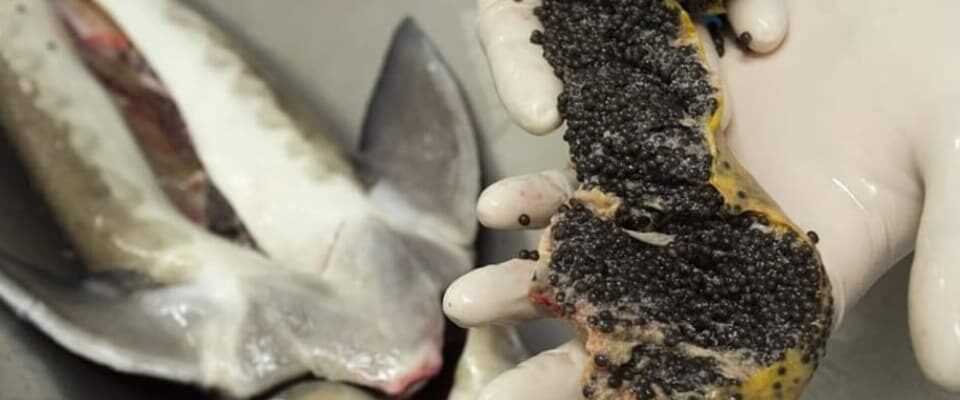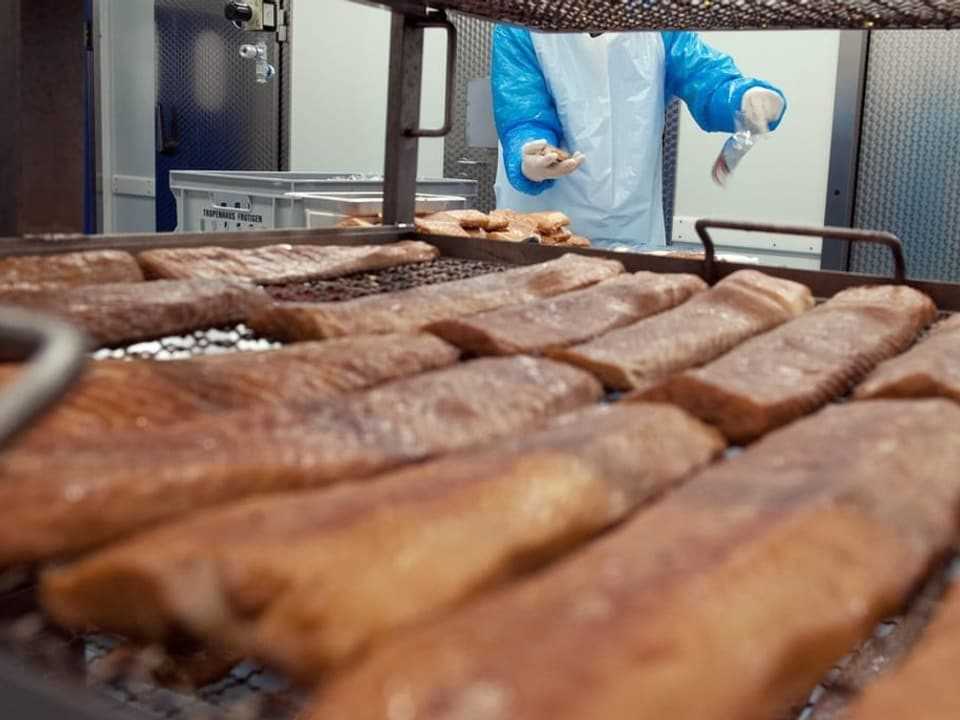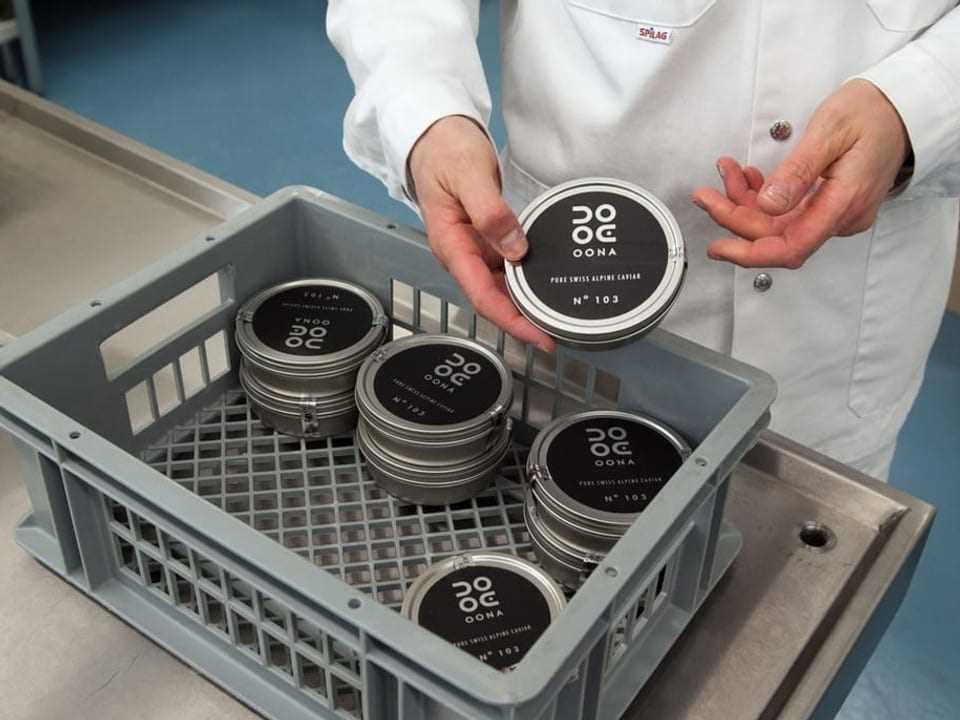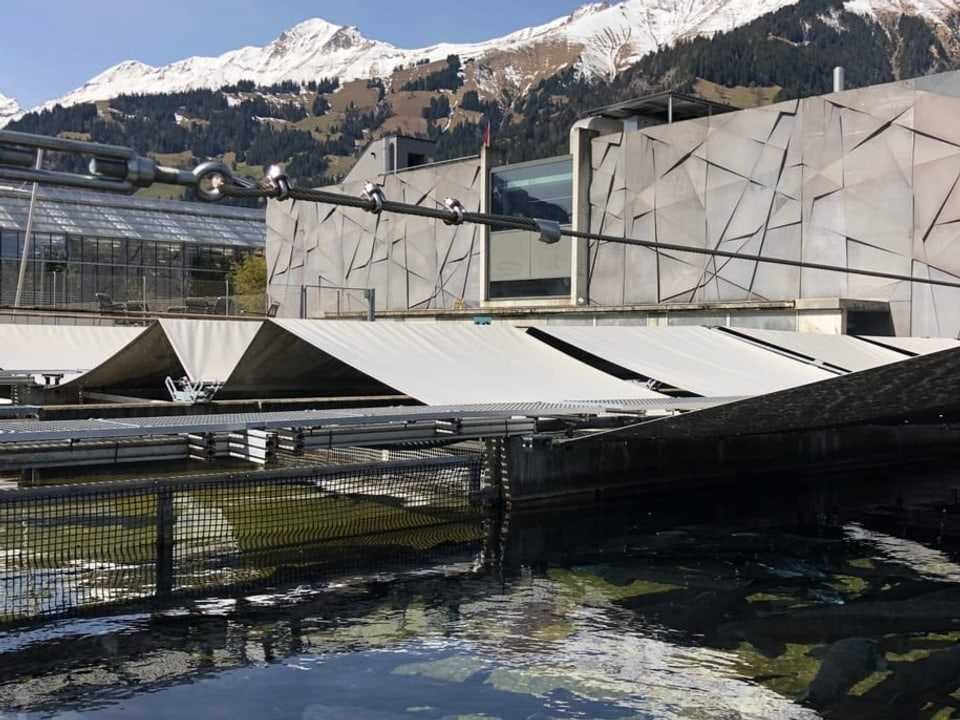contents
Caviar instead of Easter eggs: roe from Frutigen is more popular than ever, also because of Corona. But there is a problem.
The only caviar farm in Switzerland is in Frutigen in the Bernese Oberland. 80,000 sturgeons make their rounds in the tanks there – until they end up on the slaughterhouse. Employees at the Tropenhaus Frutigen collect around a kilo of caviar from the bellies of the females. The black fish eggs from Swiss production are more popular than ever. Especially at Easter.
During the pandemic, growth was in the “double-digit percentage range”, says Nicolas Buchmann, managing director of the Tropenhaus Frutigen. “Private customers in particular think it’s great to be able to consume Swiss caviar.” This despite the high prices: a 20-gram portion of “Oona Caviar” costs 45 francs, which corresponds to a kilo price of 2,400 francs.
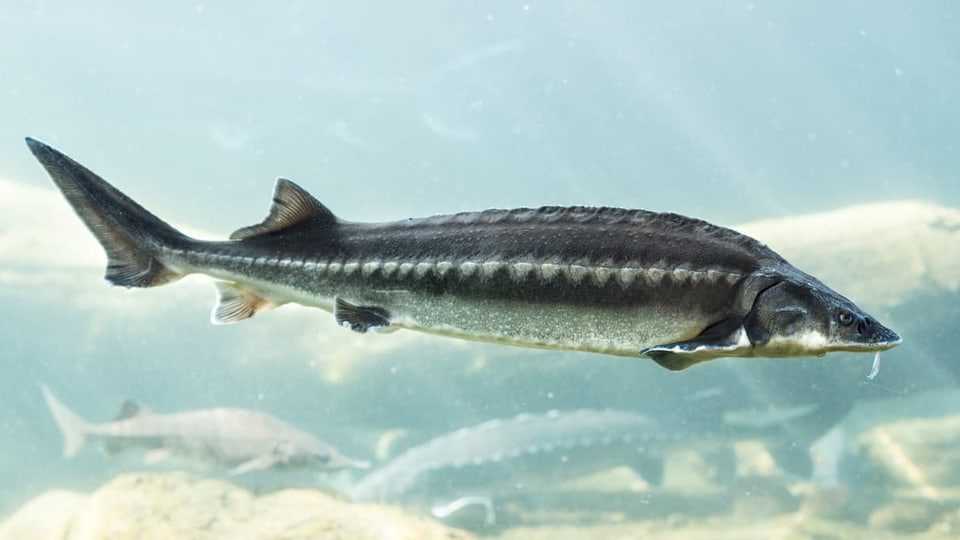
Legend:
The sturgeon females have to grow for ten years before they can be slaughtered.
ZVG/tropical house
The Tropenhaus Frutigen started caviar production ten years ago. Swiss fish roe is now also exported to Austria and Germany. 1.5 tons of caviar leave the factory buildings in the tropical house every year. According to Buchmann, the demand is greater than the supply. The growth curve is determined by the fish: the sturgeons are ten years old when they are slaughtered. The lead time for further increases in production is correspondingly long.
Swiss prawns are four times as expensive – and still popular
Exotic delicacies are in demand in Switzerland. This is also shown by the example of the Aemme Shrimps. In Burgdorf in the canton of Bern, the Kunz family has been producing shrimps for seven years, which otherwise usually find their way into the local deep-freeze shelves from Southeast Asia. According to Kunz, the desire for Swiss shrimp continued to grow during the pandemic. This is despite the fact that 100 grams of prawns from Aemme Shrimps cost 10 francs – four times more than at the major retailers. “Especially because of Corona, people like to treat themselves,” says Irene Kunz from Aemme Shrimps.
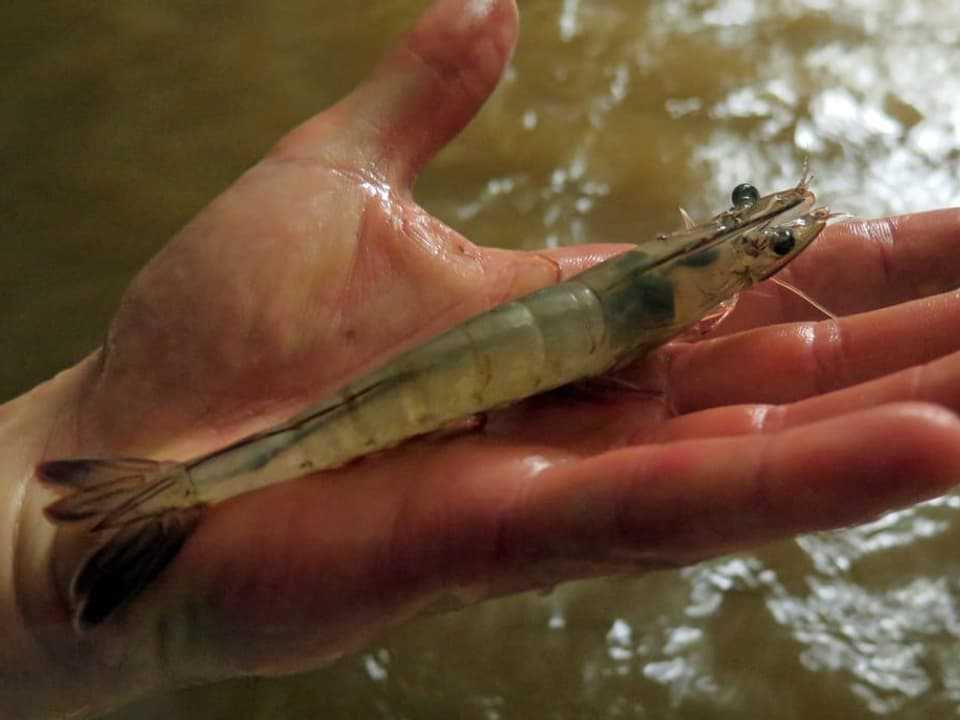
Legend:
Local shrimps have been produced in Burgdorf in the canton of Bern for seven years.
ZVG
A maximum of two tons of shrimp can be produced per year. Then the upper limit is reached. Kunz emphasizes that neither antibiotics nor growth promoters are used in shrimp production. In addition, there are solar panels on the roof and the 29-degree warm water is heated with wood energy from our own forest.
That’s how environmentally friendly Swiss caviar and shrimp are
However, the feed for the shrimps, like that for the Frutiger sturgeons, has to be imported from abroad. It takes three kilos of fish feed to produce one kilo of sturgeon meat. “We consciously use sustainable feed, even if it’s more expensive,” says Buchmann from the Tropenhaus. The animals would be used from A to Z. The sturgeon meat is sold. The hides are used to make fish leather, which is processed into accessories. “The rest ends up in the biogas plant. It’s an absolutely closed loop,” says Buchmann.
The lack of transparency is a problem. For customers, this is an impertinence.
But are locally produced caviar, shrimp and sturgeon really more environmentally friendly than imported products? According to Urs Baumgartner, environmental engineer and aquaculture expert, this cannot be said in general terms. Imported fishmeal is indeed problematic. The big question is where the individual components of the fish food actually came from.
Consumers must therefore research for themselves which environmental labels the producers have. “Unfortunately, that’s the only option at the moment, it’s an impertinence. The lack of transparency is a problem,” says Baumgartner. Changing this would be the job of the state and the major distributors.
